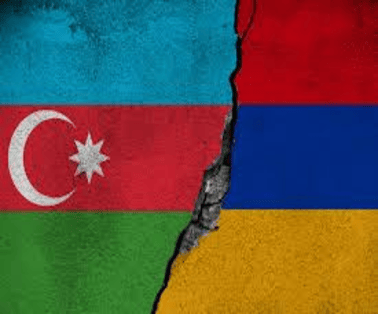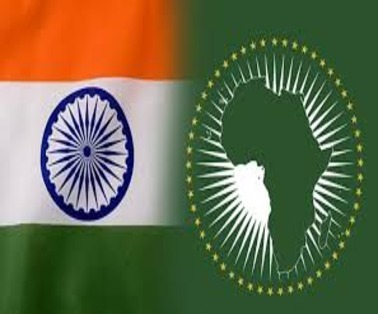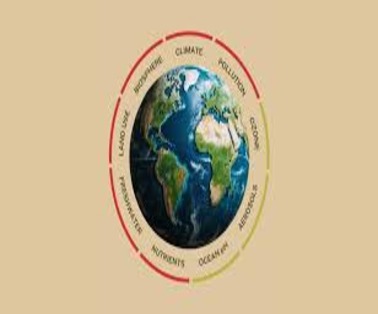Russian peacekeepers have begun their withdrawal from the Nagorno-Karabakh region, a key development in the ongoing Azerbaijan Armenia conflict. The decision for the withdrawal was agreed upon by Baku (Azerbaijan) and Moscow at the “highest levels.” This move follows Azerbaijan’s swift one-day offensive last September, which triggered a refugee crisis and altered the region’s demographic landscape.
Key Points on the Azerbaijan Armenia Conflict
- The decision for the withdrawal was agreed between Baku (Azerbaijan) and Moscow at the “highest levels.”
- The withdrawal comes after Azerbaijan’s lightning one-day offensive last September, triggering a refugee crisis and altering the area’s demographic landscape.
- The move also reflects ruptured ties between traditional allies Russia and Armenia, with Armenia suspending its participation in the Moscow-led Collective Security Treaty Organisation (CSTO) and joining the International Criminal Court (ICC).
- The Nagorno-Karabakh Conflict is a dispute over the region of Nagorno-Karabakh which is recognized as part of Azerbaijan
- Nagorno-Karabakh, known as Artsakh by Armenians, is a landlocked mountainous area in the Caucasus region (the transcontinental region between the Black Sea and the Caspian Sea).
- It is internationally recognised as part of Azerbaijan but its inhabitants are predominantly ethnic Armenians.
- They have their own government which has enjoyed close links to Armenia’s but has not been officially recognised by Armenia or any other country.
Causes of the Azerbaijan Armenia Conflict
- Territory – Geographically speaking, Nagorno-Karabakh is an area that is controlled by ethnic Armenians and has a 95% Armenian population while being acknowledged as belonging to Azerbaijan internationally.
- Cultural Identity – Due to Armenia, the identity and demographic makeup of the region have altered, making the Nagorno-Karabakh dispute a problem of identity.
- Religious – While Azerbaijan is predominantly Muslim, Armenia is predominantly Christian.
History of the Azerbaijan Armenia Conflict
- Nagorno-Karabakh lies in an area that over centuries has come under the sway of Persians, Turks, Russians, Ottomans and Soviets.
- It was claimed by both Azerbaijan and Armenia after the fall of the Russian Empire in 1917.
- In Soviet times it was designated an autonomous region within Azerbaijan.
- As the Soviet Union crumbled, the Armenians there threw off nominal Azeri control and captured neighbouring territory in what is now known as the First Karabakh War.
- In 2020, after decades of skirmishes, Azerbaijan, backed by Turkey, won a decisive 44-day Second Karabakh War, recapturing territory in and around Karabakh.
- That war ended with a Russian-brokered peace deal, which Armenians accuse Moscow of failing to guarantee
Azerbaijan and Armenia: Geopolitical Context
- Azerbaijan is a country in Asia that is bordered by Russia, Georgia, Armenia, and Iran.
- The east of the country is bordered by the Caspian Sea.
- Much of the north and west is covered by the Caucasus Mountains.
- Azerbaijan is abundant in oil and natural gas.
- Yanar Dag, a famous site in Azerbaijan, has a natural eternal fire fueled by seeping natural gases, burning for over 65 years along the Caspian Sea. This unique phenomenon aligns with Azerbaijan’s nickname, “The Land of Fire.”
- A landlocked country in the Caucasus with Turkey to the west, Georgia to the north, and Azerbaijan to the east.
- Armenia is a mountainous country.
India’s Role in the Azerbaijan Armenia Conflict
- India has good ties with both Armenia and Azerbaijan. The North-South international transport corridor goes from Mumbai to Chabahar via Azerbaijan to Moscow, something crucial for India’s connectivity plans.
- In 2018, the then Indian External affairs minister Sushma Swaraj had visited Fire Temple in Baku in Azerbaijan.
- The temple was once used by Hindu and Zoroastrian communities, probably by visiting merchants from India as a place of worship. But when it comes to Armenia, it backs India on some key several fronts
- Armenia bought the India SWATHI military radar system in March 2020.
- Many Indian students study in Armenian medical Universities and in recent years Armenia has witnessed an increasing flow of Indian labour migrants
To Download Monthly Current Affairs PDF Click here
Click here to get a free demo
Discover all about CLAT Exam



